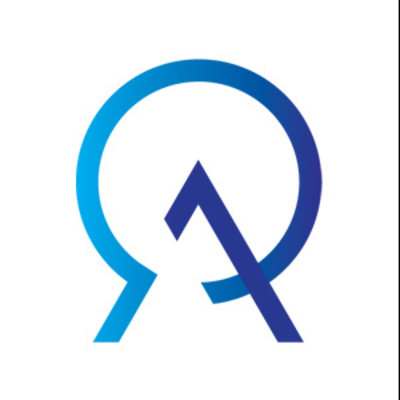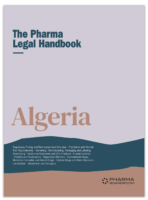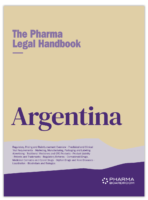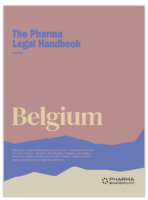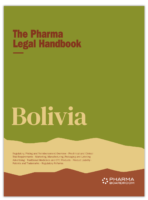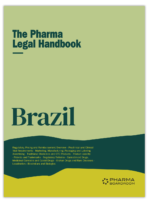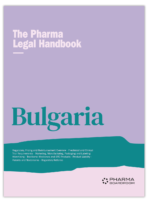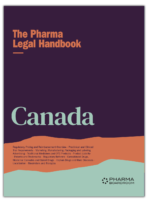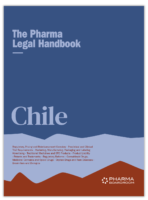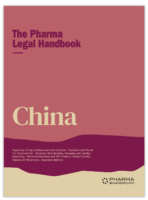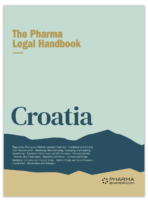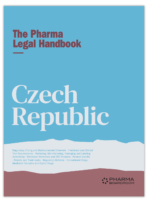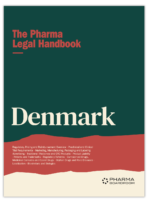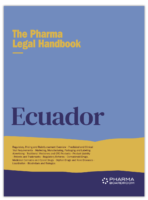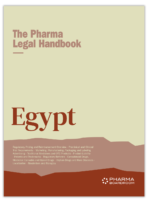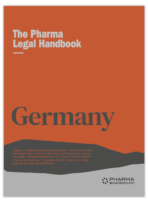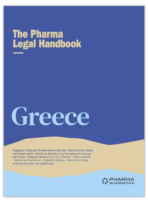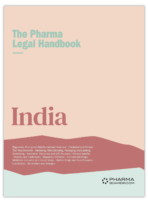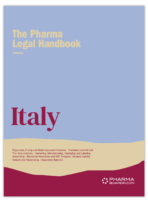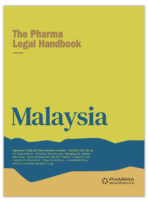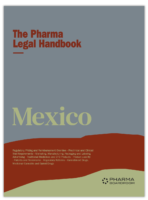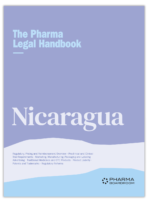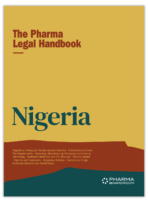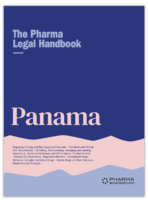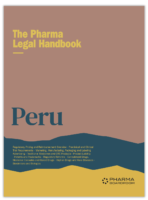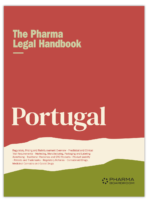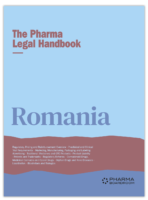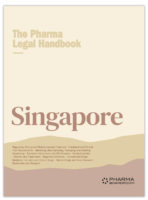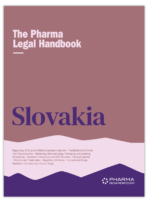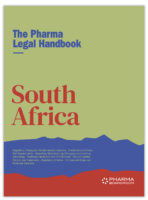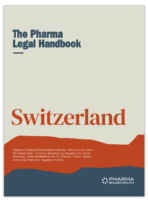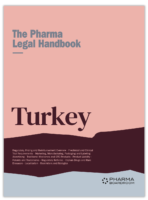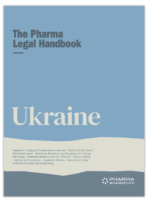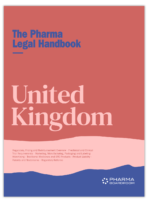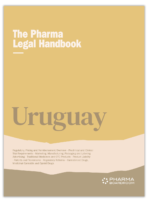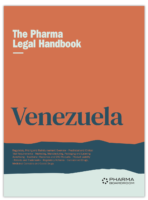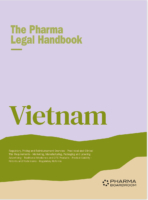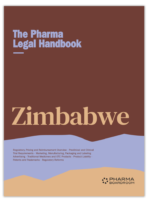Traditional Medicines and OTC Products
Olaniwun Ajayi LP / Nigeria
The low-down on the situation regarding traditional medicines and OTC products in Nigerian Pharma. Prepared in association with Olaniwun Ajayi LP, a leading law firm in Nigeria, this is an extract from The Pharma Legal Handbook: Nigeria, available to purchase here for USD 99.
1. What are the regulatory requirements for traditional, herbal, complementary, or alternative medicines and devices?
Herbal medicines and related products are products that contain exclusively active ingredients of one or more herbal substances or one or more herbal preparations, or one or more such herbal substances in combination with one or more such herbal preparations presenting with therapeutic and prophylactic claims.
Traditional, Herbal, Complementary and alternative medicines and devices must be registered with NAFDAC before they can be imported, used, sold, manufactured or advertised in Nigeria.
Advertisements for complementary and alternative medicine are also not to state or imply in absolute terms or by quotation out of context, that any complementary and alternative medicine is “safe” or has “guaranteed efficacy” or special status. Nor contain any statement claiming or implying a superlative function such as “most effective” “least toxic, “best tolerated” or other special status.
The label of complementary and alternative medicine is to specify conspicuously in the information panel the name and full location address of the factory of the manufacturer or packer; a quantitative list of ingredients of the complementary and alternative medicine by their botanical names or, by their common names, are also to be declared quantitatively on the advertisement label.
Products should be handled and transported under conditions which prevent deterioration, contamination, spoilage and breakage to ensure that the product quality is maintained up to the time of delivery to the consumer while the devices are to conform with the standards of Good Manufacturing Practice (GMP).
2. Can these traditional, herbal, complementary, or alternative products be advertised directly to the public?
The Complementary and Alternative Medicine (Advertisement) Regulations 2018 regulates the advertisement of traditional, herbal, complimentary or alternative products, the Regulations allows for direct public advertisement of these products provided
- they have been registered with NAFDAC,
- the advertisement has the approval of NAFDAC,
- they are not extemporaneous complementary or alternative medicine
- such advertisement does not relate to complementary or alternative medicine as a cure, prevention, treatment for any disease conditions listed in Schedule 1 or as may be prescribed by the Agency
NAFDAC by the Regulations also require that the advertisement of such medicine must be accurate, complete, clear and designed to promote credibility and trust by the general public and health care practitioners, as such statements or illustrations in labelling or advertisement shall not mislead the public directly, indirectly or by implication. Cautionary label or disclaimer statement must be displayed on the label and advertisement materials of complementary and alternative medicine.
3. What health, advertising, and marketing claims may be made for traditional, herbal, complementary, or alternative products?
The Drug and Drug Products Advertisement Regulations define a claim to mean any presentation, which states, suggests or implies that the product has particular qualities relating to its origin, nutritional properties, nature, processing, composition or any other quality.
Claims can be made for traditional, herbal, complementary and alternative products except as expressly prohibited by NAFDAC. The Regulation proscribes the inclusion of certain claims in the advertisement or marketing of these products and as such no complementary and alternative medicine advertisement shall in addition to other restrictions contained in the Regulation:
- contain such word as “magic” “miracle’’ or an exotic description such as “upper potency” or such other words as to induce the daily or continuous use of the product;
- contain a message that if the reader/viewer or listener does not use a particular product his disease/ailment shall be aggravated;
- over dramatize any symptoms by way of drawing a picture of a pregnant woman, patient with backache, or use throbbing sounds like heartbeats, coughing or agonizing cries;
- disparage or attack unfairly, any competitive products, goods or services.
Also, all herbal products (without established clinical studies) label and advert documents must include a caveat that the claims contained in the packaging or labelling document has not been evaluated by NAFDAC.
4. What are the regulatory requirements for over-the- counter (non-prescription) medications?
The provisions of the Drug and Drugs Products (Registration) Regulations 2018 serve as regulatory framework for non-prescription medications. The Regulation provides certain conditions which a product must satisfy in order to qualify as Over-the-Counter (OTC) Medicine. A foreign drug product may be registered as an OTC on the basis of its OTC status from its country of origin if it has been marketed as an OTC for a minimum of 5 continuous years in the country of origin and in sufficient quantity, or subject to other requirements as may be prescribed by NAFDAC.
NAFDAC will not register a product as an over –the-counter drug product unless; (x) it is demonstrated that there is an established efficacy and safety of use among the relevant population (y) there is no specific safety concern limiting its safe use without medical assistance (z) indication for its use is easily diagnosable or self-limiting as the case may be (xx) pack presentation is tailored to the approved duration and indication of use.
5. Are there any limitations on locations or channels through which OTC products may be sold?
No, In so far as OTC products are sold by in premises owned by Pharmacists and the patent and proprietary medicines vendors licensees licensed under the Pharmacists Council of Nigerian Act.
6. What health, advertising, and marketing claims may be made for OTC products?
Claims in relation to OTC drugs are representation, which suggests or implies that the product has particular qualities relating to its origin, nutritional properties, nature, processing, composition or any other quality”
All Claims except those expressly prohibited by NAFDAC in the Drug and Drug Products Regulations can be made in relation to OTC drugs. Such claims regarding words such as “magic” “miracle’’ are prohibited.
The Regulation also prohibits claims which:
- contain a message that if the reader/viewer or listener does not use a particular product his disease/ailment shall be aggravated;
- over dramatize any symptoms by way of drawing a picture of a pregnant woman, patient with backache, or use throbbing sounds like heartbeats, coughing or agonizing cries;
- disparage or attack unfairly, any competitive products, goods or services.
In addition, Over-the-Counter (OTC) drugs are to include the Caveat “If Symptoms Persist after 3 Days, Consult Your Doctor/Physician”.
7. Can OTC products be marketed or advertised directly to the public?
Where an over the Counter Drug is duly registered with NAFDAC, it can be marketed and advertised directly to the public, provided also that both the brand name and the generic name of such drugs are boldly stated on it.
8. What is the mechanism by which a prescription-only product can be converted to an OTC product?
There are currently no laid down mechanism for product switch from Prescription only medicine to Over-the-Counter drug, however, by the Drug and Drug Product Regulation 2018; a conversion or switch from prescription only product to OTC is prohibited except approved by NAFDAC.
There are however no modalities or laid down rules indicative of the conditions, ratios, or factors which NAFDAC may consider in denying or granting approval for the conversion.
9. What are the requirements for the importation of either traditional medicines or OTC products?
Where it is demonstrated that (x) there is an established efficacy and safety of use among the relevant population (y) there is no specific safety concern limiting its safe use without medical assistance (z) indication for its use is easily diagnosable or self-limiting as the case may be (xx) pack presentation is tailored to the approved duration and indication of use then these products may be imported into Nigeria.





